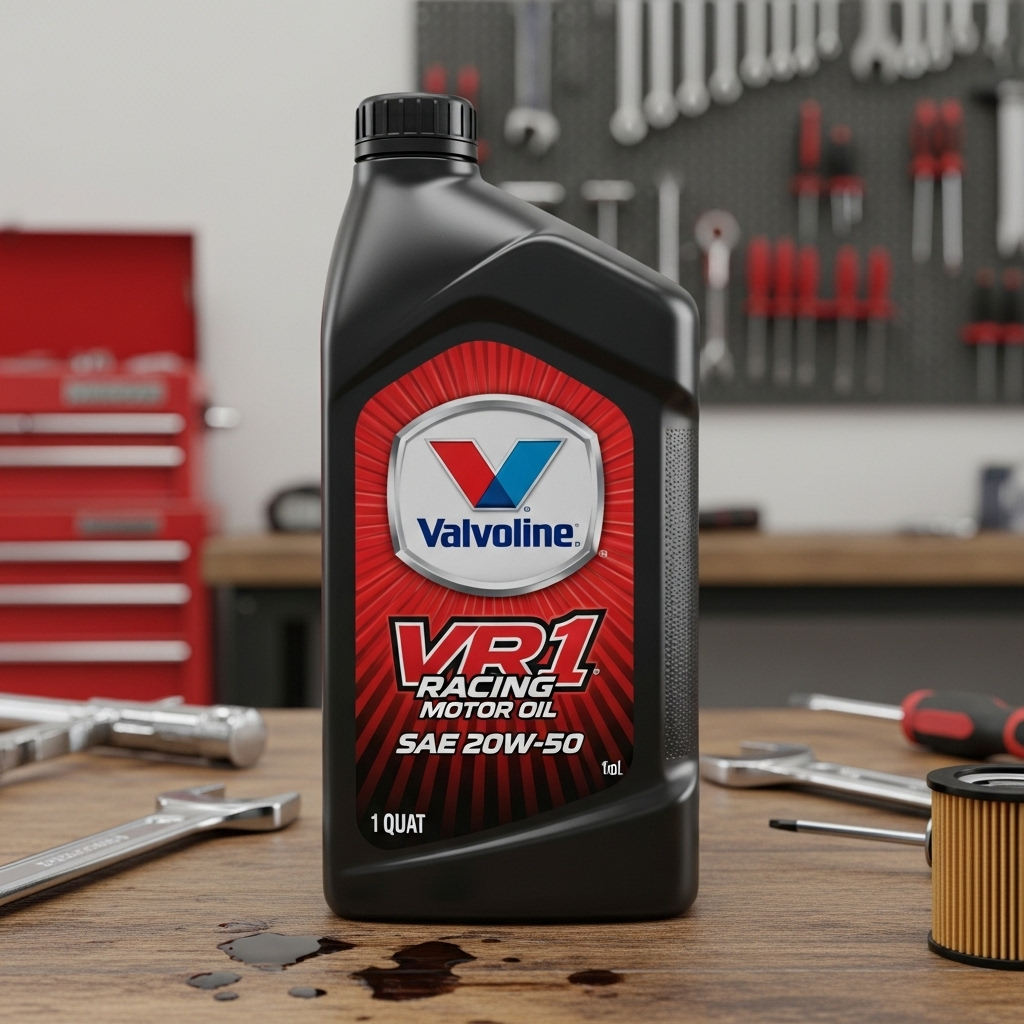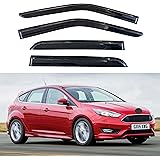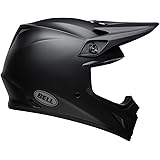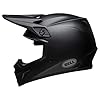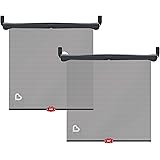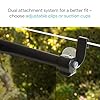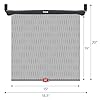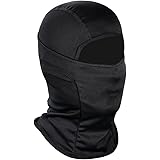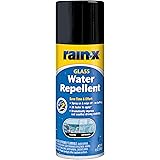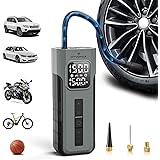Table of Contents
If you’re a car enthusiast who cares about engine protection, you’ve likely asked the critical question: how much zinc is in Valvoline VR1? This isn’t just a minor technical detail—it’s the cornerstone of why this oil is a top choice for high-performance and classic engines. The high zinc content in Valvoline VR1 is specifically engineered to provide extreme wear protection that standard modern oils simply cannot match.
This comprehensive guide will dive deep into the exact zinc levels in Valvoline VR1, explaining the science behind ZDDP additives and why they are absolutely essential for the health of your engine. We’ll explore how it compares to other motor oils, detail its benefits and potential downsides, and help you determine if this is the right oil for your vehicle. Get ready to uncover everything you need to know about the powerful protective properties of this legendary racing oil.
Understanding Zinc in Motor Oil: The Engine’s Armor
Before we reveal the specific numbers for Valvoline VR1, it’s crucial to understand why zinc is such a talked-about component in motor oil. Zinc is not just a random additive; it’s a key part of a sophisticated anti-wear chemical package.
What is ZDDP?
In motor oil, zinc is not present in its pure metallic form. Instead, it is part of a compound called Zinc Dialkyldithiophosphate (ZDDP). This compound serves multiple vital functions:
- Anti-Wear Agent: ZDDP decomposes under high pressure and temperature to form a protective sacrificial layer on metal surfaces like camshafts and lifters. This layer prevents metal-to-metal contact, drastically reducing wear.
- Antioxidant: It helps slow down the oxidation process of the oil, which prevents sludge and varnish formation, keeping your engine cleaner for longer.
- Detergent: ZDDP also has mild detergent properties that help keep engine components free of deposits.
Why Your Engine Might Be Starved for Zinc
You might be wondering, if zinc is so beneficial, why isn’t it in all motor oils at high levels? The answer lies in modern emission control systems.
Starting in the mid-1990s and progressively tightening since, regulations were put in place to reduce tailpipe emissions. Catalytic converters, which are essential for cleaning exhaust gases, can be poisoned and rendered ineffective by the phosphorus that is part of the ZDDP compound. Consequently, the amount of ZDDP in standard passenger car motor oils (SM, SN, SP categories) has been significantly reduced, typically to around 800-1000 parts per million (ppm) of zinc.
This reduction is perfectly acceptable for modern engines with roller camshafts, which create much less pressure on the valve train. However, for engines with flat-tappet camshafts—common in classic cars and high-performance builds—this lower level of zinc can lead to rapid and catastrophic wear.
How Much Zinc Is In Valvoline VR1? The Revealing Numbers
So, let’s address the core question directly. Valvoline markets VR1 as containing a high level of zinc for extreme wear protection. According to the manufacturer’s own product descriptions and consistent data from automotive enthusiasts, the zinc content in Valvoline VR1 Racing Oil is approximately 1,200 to 1,400 parts per million (ppm).
This high concentration is a key part of VR1’s formula, which is explicitly designed to provide “2X more zinc for extreme wear protection” on critical components like pistons, camshafts, and bearings. This places it squarely in the category of a high-ZDDP oil, making it a go-to solution for engines that need that extra layer of defense.
Zinc Content Comparison: Valvoline VR1 vs. The Competition
To truly understand what makes Valvoline VR1 special, it’s helpful to see how its zinc content stacks up against other popular motor oils. The following table provides a clear comparison, illustrating why VR1 is often the preferred choice for demanding applications.
As the data shows, Valvoline VR1 offers a significantly higher concentration of zinc compared to conventional oils designed for daily drivers. This positions it as a specialist product for engines that operate under more stressful conditions or have older, more vulnerable valve train designs.
The Unmatched Benefits of High Zinc in Valvoline VR1
Choosing an oil with a high zinc content like Valvoline VR1 isn’t just about checking a box for enthusiasts; it delivers tangible, critical benefits for your engine’s health and performance.
Superior Wear Protection for High-Stress Components
The primary advantage of VR1’s high ZDDP content is the robust protective film it creates. This is especially crucial for:
- Flat-Tappet Camshafts: These cams have a flat, square-edged lobe that slides against a flat lifter. This creates enormous pressure and friction, which can quickly wipe out the cam and lifters without a strong anti-wear additive like ZDDP. Valvoline’s own product sheet states VR1 is “engineered specifically for… flat-tappet and performance cam motors”.
- High-Load Bearing Surfaces: Components like main bearings, rod bearings, and piston skirts also benefit from the extra protection, especially in high-RPM or high-boost applications where oil films can be squeezed thin.
Enhanced Engine Longevity and Durability
By drastically reducing metal wear, VR1 directly contributes to a longer-lasting engine. Less wear means components maintain their tolerances and efficiency for a much longer period. This is vital for:
- Classic Car Engines: Older engines were designed during an era when oils naturally had high ZDDP levels. Using a modern low-zinc oil in these engines can lead to premature failure.
- Racing Engines: Motors that are consistently pushed to their limits experience extreme heat and stress. The enhanced film strength provided by VR1’s zinc content helps these engines survive the punishment.
- High-Performance Street Engines: Even if not on a track, built engines with high-performance cams and increased spring pressures need the extra protection that VR1 provides.
Maximized Power Output Through Friction Reduction
Valvoline states that VR1 contains “special friction modifiers” that are “chemically designed to reduce internal friction and enhance power output”. While ZDDP itself is an anti-wear agent, it works as part of a broader formula aimed at freeing up horsepower that would otherwise be lost to friction, ensuring your engine delivers maximum torque and power at high RPMs.
Important Considerations and Potential Downsides of High Zinc Oils
While the benefits for the right engine are clear, using a high-zinc oil like Valvoline VR1 is not a one-size-fits-all solution. There are important caveats to consider before making the switch.
The Risk of Catalytic Converter Damage
This is the most significant drawback for modern vehicles. As mentioned earlier, the phosphorus in ZDDP can contaminate the catalyst in a catalytic converter, leading to reduced efficiency and potentially causing a clog that will require an expensive replacement. Valvoline explicitly states that VR1 is “not recommended for vehicles with catalytic converters”. If your vehicle was built after the mid-1970s and is still using its original exhaust system, VR1 is likely not the appropriate choice.
Environmental Impact Considerations
When oil is changed and disposed of, the zinc and phosphorus can potentially leach into the environment. While the impact from individual users is small, it is a factor that regulatory bodies consider when setting limits for standard oils. Always ensure you dispose of used motor oil responsibly at a certified collection center.
Not Always Ideal for Modern, Daily-Driven Vehicles
For a modern car with a roller camshaft and a catalytic converter, using a high-zinc oil provides no tangible benefit and poses a real risk to the emissions system. These vehicles are perfectly served by modern API-licensed oils that are formulated to protect the engine while also protecting the catalytic converter.
Who Should Use Valvoline VR1? The Ideal Applications
Given its specific formulation, Valvoline VR1 is a targeted solution for specific types of engines. You are an ideal candidate for this oil if your vehicle falls into one of the following categories:
- Classic and Vintage Cars (Typically pre-1980s): Any vehicle with a flat-tappet camshaft will benefit immensely from VR1’s high ZDDP content. This includes American muscle cars, classic European sports cars, and vintage trucks.
- Performance and Racing Engines: Whether on the track or the street, engines built for performance that use flat-tappet cams (or even roller cams under extreme stress) need the extra protection. This includes drag racing, circle track, and road racing applications.
- Engines Burning Alternative Fuels: Valvoline states that VR1 is recommended for engines burning “full or partial alcohol fuels” like methanol or ethanol, which can be more demanding on lubricants.
- Air-Cooled Engines: Many classic air-cooled engines (like those from Volkswagen and Porsche) have flat-tappet designs and run at higher operating temperatures, making them excellent candidates for VR1.
Valvoline VR1 Specifications and Variants
Valvoline VR1 is available in different viscosities and formulations to suit various needs and preferences. The high-zinc formula is consistent across these different types.
Both the conventional and synthetic versions of VR1 contain the high levels of ZDDP that the product is known for. The choice between them often comes down to your climate (synthetics flow better in the cold), your driving style, and your personal preference.
Conclusion: Is Valvoline VR1 the Right Choice for You?
The question of how much zinc is in Valvoline VR1 leads us to a definitive answer: between 1,200 and 1,400 ppm, a level purpose-built for superior protection. This makes it an outstanding oil, but only for the right application.
For owners of classic cars, high-performance street machines, or dedicated race vehicles—particularly those with flat-tappet camshafts—Valvoline VR1 is not just a good option; it is one of the best and most accessible forms of insurance for your engine. Its proven formula delivers the essential ZDDP needed to prevent wear and ensure longevity under extreme conditions.
However, for the owner of a modern daily driver with a catalytic converter, VR1 is an inappropriate and potentially costly choice that risks damaging expensive emissions equipment.
By understanding your engine’s needs and the specific formulation of Valvoline VR1, you can make an informed decision. If your engine falls into the high-performance or classic category, choosing VR1 means investing in its long-term health and performance, ensuring it continues to run strong for miles to come.

